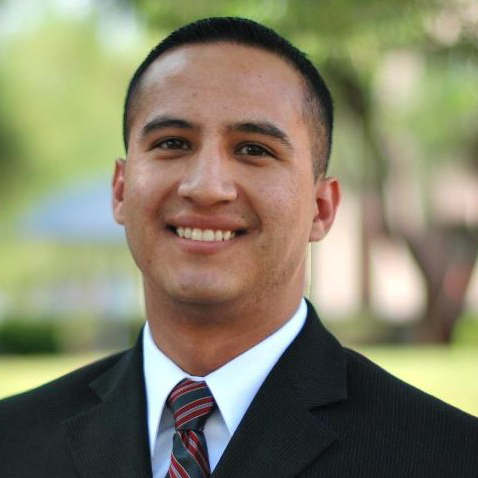Overview
For employers with at least five California-based employees who do not currently offer a retirement plan, the final deadline (06/30/22) is fast approaching to either (1) establish/join a retirement plan, or (2) register for the CalSavers Retirement Savings Program (the CalSavers Program). Failure to comply can lead to substantial penalties. This article provides a high-level overview of the CalSavers Program and options for employers.
What is the CalSavers Program?
The CalSavers Program was established to address growing concerns that many private sector employees do not have access to a retirement savings account. California Senate Bill 1234 established the program and requires that most California employers either register for the state sponsored program or offer employees a retirement plan – such as offering an employer-sponsored 401(k) plan or participating in a multiple-employer plan (MEP) like the Sequoia One 401(k) Plan.
Who is required to register for the CalSavers Program?
Employers are required to register for the CalSavers Program if:
- At least five employees (part-time or full-time) are California-based
- At least one of the California-based employees is over the age of 18, and
- The employer does not currently offer a qualified retirement plan
Employers that offer a retirement plan, such as the Sequoia One 401(k) plan, must file an exemption at www.calsavers.com
What is the deadline for an employer to register for CalSavers or an exemption?
- 100+ employees: September 30, 2020
- 50+ employees: June 30, 2021
- 5+ employees: June 30, 2022
What does the CalSavers Program offer employees?
- The CalSavers plan establishes an Individual Retirement Account (IRA) that employees can contribute to via paycheck deduction
- The plan automatically enrolls employees after 30 days unless the employee opts-out
- Automatically enrolled employees will have 5% of gross compensation withheld from their paycheck (a different amount may be chosen by the employee)
- All contributions default to a Roth IRA which have IRS income restrictions and early/ineligible withdrawal penalties.
- Roth contributions may be recharacterized as traditional (pre-tax contributions)
How does the CalSavers Program differ from the Sequoia One multiple employer 401(k) Plan?
| Sequoia One 401(k) Plan | CalSavers | |
| Account Type | 401(k) Plan Account | Individual Retirement Account (IRA) |
| Contribution Limit (2022) | $20,500; $27,000 if over age 50 | $6,000; $7,000 if over age 50 |
| Contribution Types | Traditional (pre-tax) and/or Roth contributions as elected by employee | Defaults to post-tax Roth; recharacterization required for pre-tax contributions |
| Payroll Deductions | Yes | Yes |
| Automatic Enrollment | Optional | Yes, 5% of compensation |
| Employer Match and Nonelective Contribution Options | Yes | No |
| Hardship Distributions Permitted | Yes | No |
| Loans Permitted | Yes | No |
| In-Service Distributions Before Age 59½ | Not permitted under 401(k) plan rules unless hardship distribution or loan | Permitted, but earnings generally will be subject to 10% early withdrawal penalty |
| Personalized financial advice offering? | Yes, with the adoption of Origin, a included service which provides unlimited access to certified financial planners | No |
How can Sequoia help me with my company retirement savings plan requirement?
Sequoia offers a variety of solutions to best meet the needs of our clients. Whether you are looking for an experienced advisor to guide you through the establishment and ongoing requirements of a personalized retirement program for your individual company or, are looking for a simplified low-cost solution such as the Sequoia One multiple employer 401(k) plan, Sequoia can assist your company in complying with this California law.
Have Questions?
Please reach out to your Sequoia One HR Business Partner, or connect with them directly in HRX.




